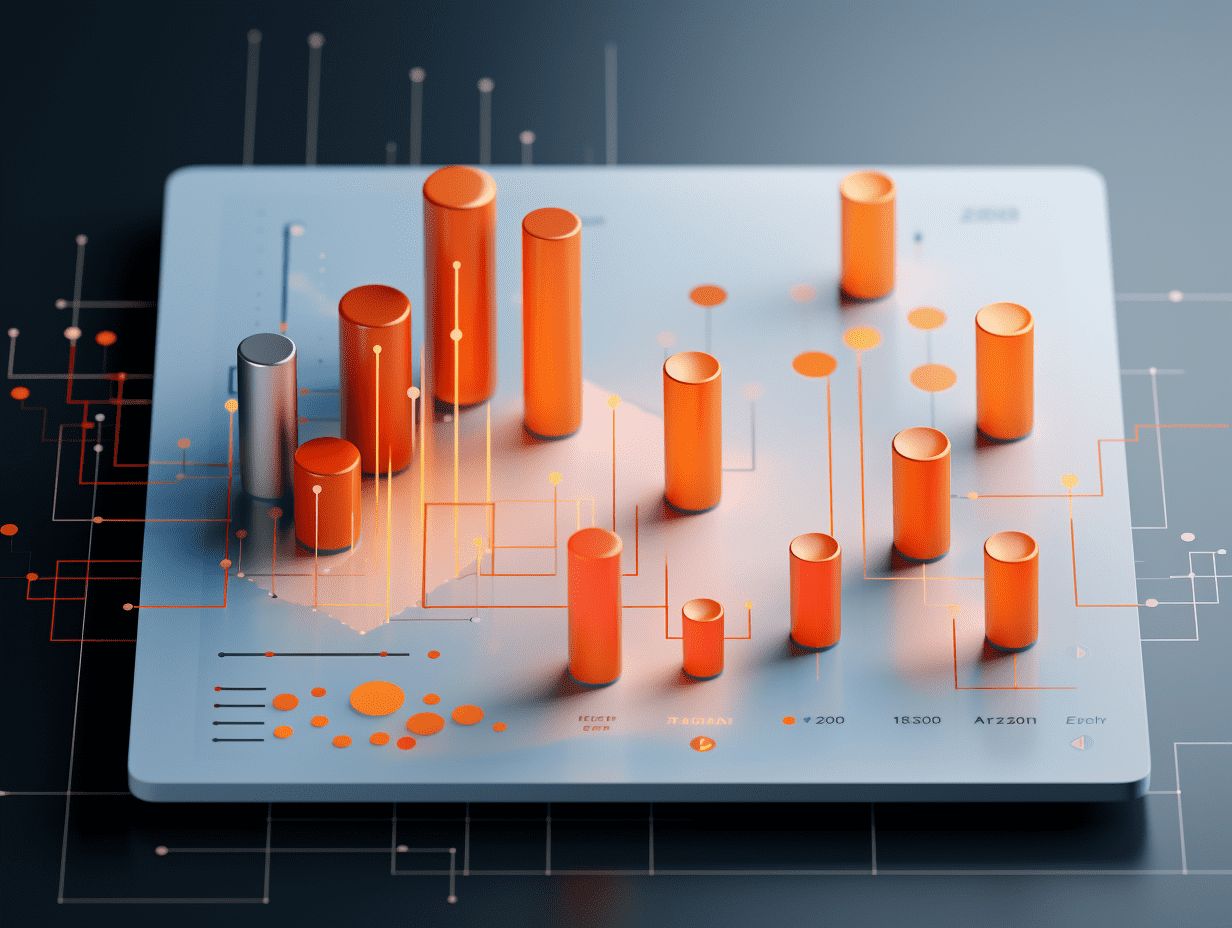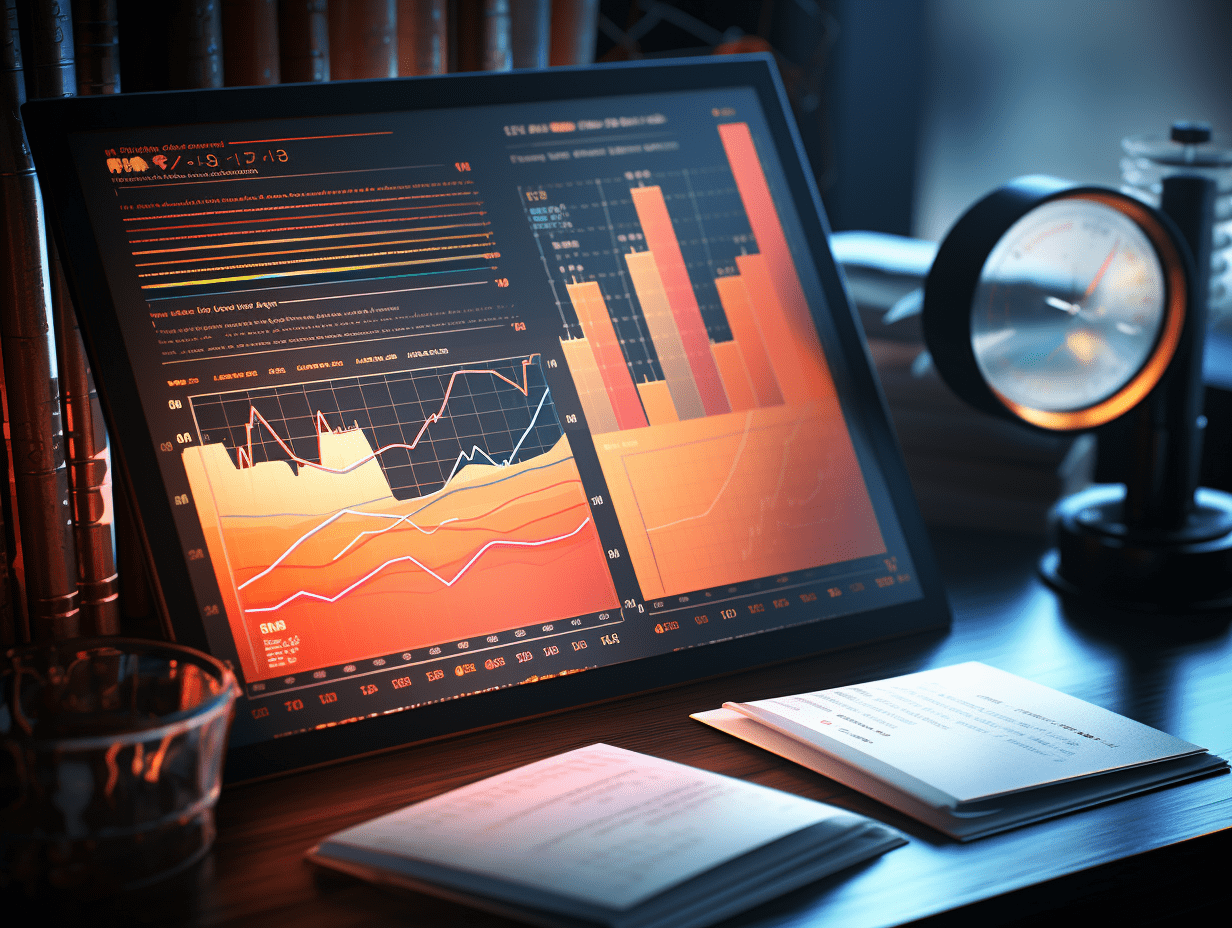Four-day strategy falls into the dilemma of "promotion fatigue"! Amazon.com, Inc. (AMZN.US) Prime Day event encountered a setback on the first day.
Amazon has extended its annual Prime Day member summer promotion from two days to four days, betting that a longer promotion period will give consumers more time to browse millions of discounted items on its vast online store.
Noted, Amazon.com, Inc. (AMZN.US) took a big gamble this year by extending its annual Prime Day member day summer promotion from two days to four days, betting that a longer promotion period would give consumers more time to browse through millions of discounted items on its vast online store. However, preliminary results show a less than optimistic situation, putting more pressure on the remaining promotional days.
Momentum Commerce, which manages online sales for 50 brands across various categories and price ranges, reported that sales on the Amazon.com, Inc. platform plummeted by 41% year-over-year on the first day of Prime Day (July 16th).
The company's founder and CEO, John Shay, pointed out that the extended promotion period led consumers to engage in "window shopping" behavior - continuously browsing products, adding them to their carts, but delaying the actual purchase in hopes of bigger discounts in the future. In contrast, previous limited-time two-day promotions created a sense of urgency, prompting consumers to worry about missing out on deals and making quicker purchases.
Shay stated that if the hesitant shoppers convert into actual buyers in the following days, the total sales for the four-day promotion period could still increase by 9.1% compared to the previous year's two-day event.
The company represents brands like Crocs sandals, Beats headphones, and Therabody massagers with a yearly sales revenue of around $7 billion on Amazon.com, Inc., making its data a comprehensive reflection of the current Prime Day performance. "Success or failure hinges on these four days," Shay said. "Amazon.com, Inc. paid a huge price on the first day, making this year's outcome extremely unpredictable."
Wall Street seems to think that there is still time for a turnaround on Prime Day, as Amazon.com, Inc.'s stock price rose by 1.5% on the day, matching the gains of Microsoft Corporation and Alphabet.
"It's difficult to judge whether the event's popularity really decreased after extending from two to four days," said D.A. Davidson analyst Gil Luria. "The specific performance will have to wait for the quarterly earnings reports, but it's currently challenging to evaluate the effectiveness of Prime Day."
An Amazon.com, Inc. spokesperson initially declined to comment on Momentum's data, but later released a statement saying, "The numbers from third-party consulting firms that cannot access real data are extremely inaccurate." The company did not specify the specific inaccuracies.
Since President Trump's trade war has cast a shadow over the economic outlook, Prime Day has become a barometer for measuring consumer confidence. Although the threat of import tariffs reaching as high as 145% has been postponed to allow for negotiations, the resulting price trends remain unpredictable.
Media reports have previously stated that due to the unclear outlook, some online sellers have reduced discounts or directly withdrawn from Prime Day.
Jamil Ghani, head of Amazon.com, Inc.'s Prime business, explained during a Bloomberg TV interview on Wednesday that the extension of the promotion period was based on consumer feedback indicating a desire for more time to select discounts. He noted that consumers prefer "daily essentials" such as teeth whitening strips (which is now the fastest-growing category on Amazon.com, Inc.), and stated that the company is "satisfied with the engagement" and emphasized that "it is too early to draw conclusions."
According to data analytics company Numerator, tracking over 7,000 orders from 3,855 households, consumers on the first day of Prime Day focused on buying low-priced items such as dish soap and protein powder, rather than big-ticket items like TVs and game consoles.
Approximately 65% of purchased items were priced below $20, with only 3% exceeding $100. Top-selling items included Dawn dish soap, Premier protein powder, and Finish dishwasher cleaner, with the average household spending decreasing from $110 on the first day last year to $106 this year, and the average price per item dropping from $28 to $25.46.
"This year, consumers seem to be more inclined to purchase lower-priced items," noted Numerator analyst Amanda Shanebaugh. "But with the promotion extended to four days, Prime Day 2025 may still break records."
Data from Adobe Inc. shows that on Tuesday, U.S. consumers spent $7.9 billion online across all retailers, a 9.9% increase compared to the first day of Prime Day last year (July 16, 2024), with a projected total spend of $23.8 billion over the four-day period. Amazon.com, Inc.'s promotions overlapped with multi-day sales events from Walmart Inc. and Target Corporation, sparking an online shopping frenzy.
"This year, the ripple effects of Prime Day on other retailers are more significant," concluded Shay from Momentum Commerce.
Related Articles

Grok 4: The potential for long process workflow applications is beginning to show, driving the demand for AI infrastructure and computing power.

From the east to Southeast Asia, China National Gold Group Gold Jewellery has entered the fast lane of going global.

Zuckerberg's "AI ambitions" add a crucial piece to the puzzle! Meta (META.US) will include AI voice leader PlayAI under its banner.
Grok 4: The potential for long process workflow applications is beginning to show, driving the demand for AI infrastructure and computing power.

From the east to Southeast Asia, China National Gold Group Gold Jewellery has entered the fast lane of going global.

Zuckerberg's "AI ambitions" add a crucial piece to the puzzle! Meta (META.US) will include AI voice leader PlayAI under its banner.






